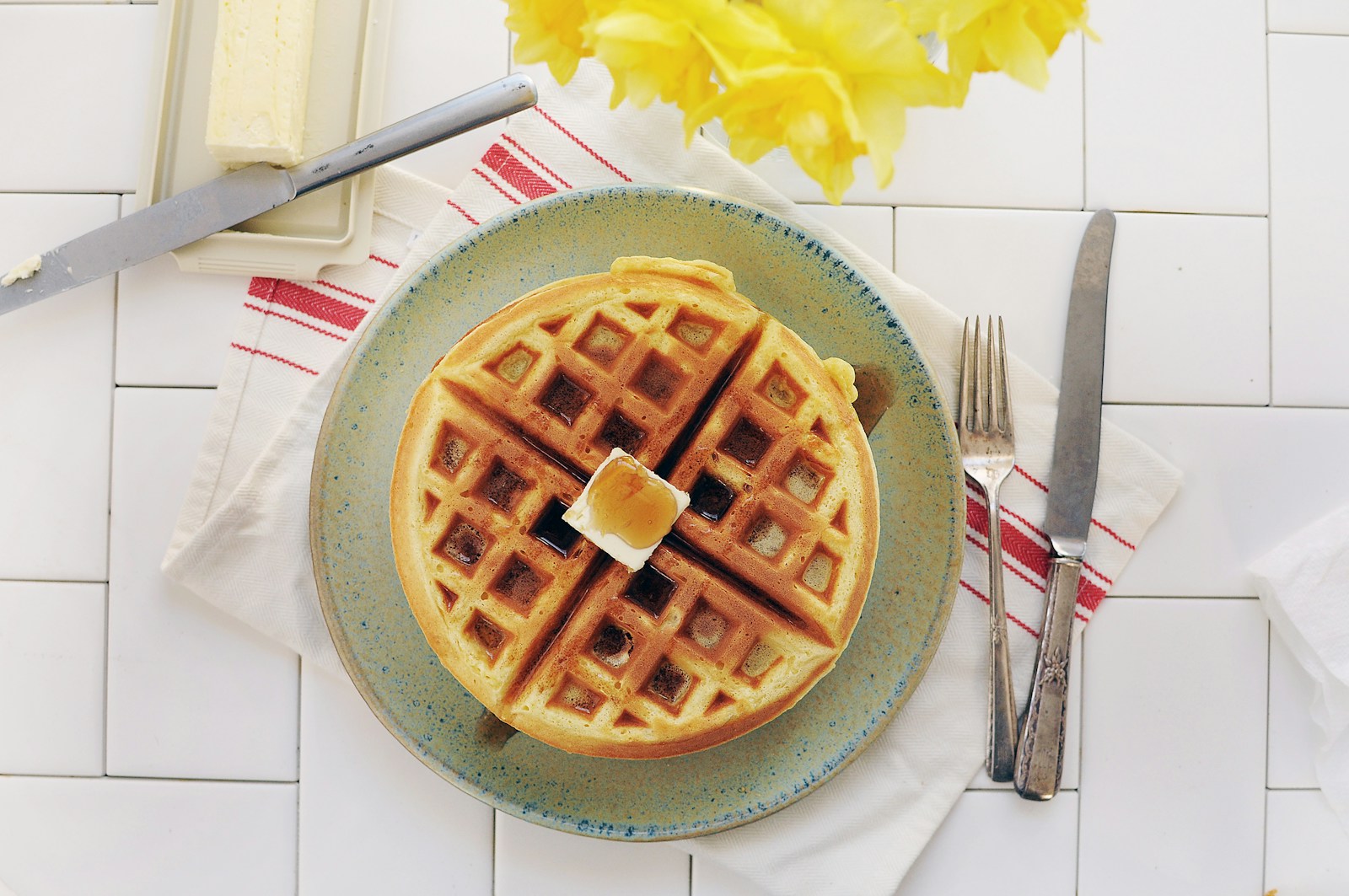What Makes Belgian Waffles Different from Regular Waffles?
Waffles are a beloved breakfast staple enjoyed around the world, but not all waffles are created equal. Among the most popular varieties are Belgian waffles and regular waffles, each boasting unique characteristics that set them apart. Understanding these differences can enhance your breakfast experience and help you choose the right waffle for your taste buds.

The Origins of Waffles
Waffles have a rich history that dates back to the Middle Ages. The earliest versions were cooked over an open fire using two metal plates, creating a flat, crisp treat. The term “waffle” comes from the Dutch word “wafel,” which means “cake.” Over time, different regions developed their own styles of waffles, leading to the creation of Belgian waffles, which are now famous worldwide.
Key Differences in Texture and Size
One of the most noticeable differences between Belgian waffles and regular waffles is their texture and size. Belgian waffles are typically larger, thicker, and fluffier than their regular counterparts. This is largely due to the batter used in their preparation.
Batter Composition
Belgian waffles often use a yeast-based batter or a batter that includes whipped egg whites, which contributes to their light and airy texture. In contrast, regular waffles usually use a baking powder batter, resulting in a denser and crispier product. The yeast in Belgian waffles allows for a longer rising time, which creates those characteristic deep pockets that are perfect for holding syrup, whipped cream, or fruit.
Shape and Design
Belgian waffles are also known for their larger, deeper pockets, which are designed to hold toppings. They are typically made in a larger, round shape with a grid pattern that is more pronounced than that of regular waffles. Regular waffles, on the other hand, are often smaller and have a more uniform grid pattern, making them easier to stack and serve.
Flavor Profiles
The flavor of the waffles can also differ significantly. Belgian waffles tend to have a slightly sweeter taste, which can be attributed to the sugar content in the batter. This sweetness complements the toppings, making them a popular choice for dessert-style breakfasts. Regular waffles, while still delicious, often have a more neutral flavor, making them versatile for both sweet and savory toppings.
Toppings and Serving Styles
When it comes to toppings, Belgian waffles are often served with a variety of sweet options, including whipped cream, fresh fruits, chocolate sauce, and ice cream. Their deep pockets make them ideal for holding these toppings, creating a delightful combination of flavors and textures.
Regular waffles, however, are typically served with more traditional breakfast items like butter and syrup. They can also be topped with savory ingredients such as fried chicken or bacon, making them a popular choice for brunch dishes.
Cooking Methods
The cooking method for each type of waffle can also vary. Belgian waffles are usually cooked in a deeper waffle iron, which allows for their thicker batter to rise properly. This type of waffle iron often has a non-stick surface to ensure easy removal and a golden-brown finish. Regular waffles are cooked in a standard waffle iron, which is typically shallower and designed for quicker cooking times.
Nutritional Differences
While both types of waffles can be enjoyed as part of a balanced diet, there are some nutritional differences to consider. Belgian waffles, due to their larger size and richer batter, may contain more calories and sugar than regular waffles. However, the nutritional content can vary widely based on the specific recipe and toppings used.
For those looking to enjoy a healthier version, both types of waffles can be made with whole grain flours, reduced sugar, or alternative sweeteners. Additionally, adding fruits or nuts as toppings can enhance the nutritional value of either waffle type.
Conclusion
In summary, Belgian waffles and regular waffles each have their own unique characteristics that make them special. From their texture and size to their flavor profiles and serving styles, these differences cater to a variety of tastes and preferences. Whether you prefer the light, fluffy indulgence of a Belgian waffle or the classic simplicity of a regular waffle, both options offer delicious ways to start your day.
Next time you find yourself at a breakfast table, consider what type of waffle you want to enjoy. Each has its own charm, and both can be customized to suit your cravings. So, whether you’re in the mood for a decadent Belgian waffle topped with fresh strawberries or a classic waffle drizzled with maple syrup, you can’t go wrong with either choice.
Leave a Reply